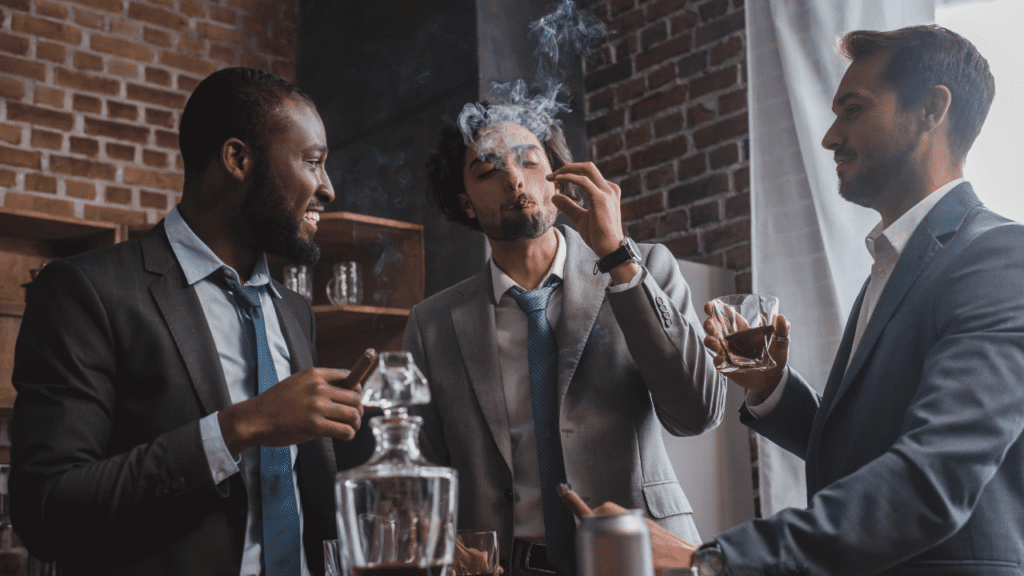Every retail category has its quirks, but one lesson holds true across the board: offer something customers can’t resist, and you’ll get them through the door. Costco does this with its famously low-priced rotisserie chicken. It’s not profitable on its own—in fact, they lose money on each one. But it pulls people in, and once they’re there, they buy enough other things to make the store’s profits skyrocket.
The firearms industry, with its dedicated customer base, could stand to take a page from this playbook. Imagine using the Costco model, offering irresistible deals on high-demand items—not to drive a profit on those specific items, but to create consistent customer traffic. The best part? When done right, these customers don’t just buy the item they came for. They see things they want or need in addition, adding significantly to their total purchase.
Here’s how a Costco-style loss-leader strategy for firearms can drive bigger margins, plus some tips on getting the word out.
Picking the Right Loss-Leader
The success of Costco’s strategy lies in the careful selection of what they sell as a loss-leader. A rotisserie chicken works because it’s universally appealing and triggers a sense of value that makes people feel they’re getting a great deal. In the firearms industry, though, it’s not about universally popular items; it’s about understanding what the core customer base really wants.
One of the best candidates for a loss leader in firearms is ammo. It’s practical, essential, and in demand. People who buy firearms need ammo regularly, and the idea of a great deal on something they’ll eventually buy anyway is a strong lure. Offering discounted prices on select ammunition types or high-demand calibers could bring in repeat customers, creating reliable store traffic.
However, ammo is just one option. Many firearm owners value specific accessories, especially those that are either scarce or hard to find at a discount. Think optics, tactical gear, or branded accessories. Some stores even hold exclusive releases or special-edition items, creating a sense of urgency that pulls in a different kind of customer—one who’s likely to spend even more.
Building Profit Around the Loss-Leader
Getting customers in for a loss-leader item is just the beginning. Once they’re in the store, the key is to make other, higher-margin items visible and accessible. Firearms retailers can increase profits by strategically placing items like safes, cases, custom grips, and cleaning supplies near the entrance or in places customers naturally pass by.
There’s a psychological aspect to it too. When people walk in to snag a good deal, they’re often already thinking about other items they’ve been meaning to buy. Placing add-ons near the discounted items helps fulfill that impulse. If customers came in for discounted ammo, they’re likely to spot a high-end scope or holster that piques their interest. And if the staff is well-trained in upselling these complementary products, the average spend per customer grows naturally.
It’s also smart to have staff casually mention complementary products during checkout. This doesn’t have to be a hard sell—just a mention of a new line of accessories or in-store discounts on related items goes a long way. Plus, a well-trained team that can answer questions about more expensive items helps build trust, and customers who feel they’re getting expert advice are more likely to come back.

Using Text Messaging to Build Buzz
Now, getting customers in the door for these deals requires getting the word out, and text messaging can be one of the most effective ways to reach people directly. Platforms like OtterText allow firearm retailers to send quick updates on exclusive offers, flash sales, and restocks to their loyal customers. Text messaging works especially well here because it’s fast, direct, and reaches people in real time, which is essential if the deal is meant to be time-sensitive or to create a buzz.
Text messages can also include personalization features, such as notifying a specific customer segment when ammo in a popular caliber is back in stock. Sending timely updates to customers who care about specific brands, calibers, or accessories keeps the communication relevant, helping to increase engagement and foot traffic. Rather than trying to sell something to everyone, these messages remind people that there’s a deal that’s highly relevant to them waiting at the store.
Of course, text messaging shouldn’t be the only tactic used to get the word out. Email, social media, and even in-store flyers still play an important role. But for customers who are likely to be swayed by the immediacy of an offer, text messaging is a powerful tool to keep in the mix.
Offering In-Store Experiences to Drive Sales
An additional advantage for firearm stores using a loss-leader model is the opportunity to turn that visit into an experience. If you have an in-store shooting range, for instance, offering discounted sessions or complimentary ammo with the purchase of a new gun is a natural way to add value and increase time spent in the store. When customers come in to buy discounted ammo or accessories, consider offering a bundled service, such as a firearm cleaning session or a discounted rate on range time.
These types of services deepen the customer’s connection to the store. People who take part in these in-store experiences are more likely to see your business as more than just a shop—they start to view it as a place where they feel a sense of community, learn, and spend their time. This can also create a ripple effect where customers talk about these experiences with friends or family, generating organic word-of-mouth advertising.
The Power of Consistency
One of the major reasons Costco’s loss-leader model works is its consistency. People know they can walk into any Costco across the country and pick up a rotisserie chicken for $4.99. For firearm retailers, maintaining consistency in deals, promotions, and restocking is equally important. Customers need to know that if they come to your store, they’ll reliably find value in something they care about.
This doesn’t mean the same item has to be discounted each time, but the general appeal should be consistent. Maybe it’s always something essential, like ammo, or something scarce and desirable, like branded accessories. Over time, customers start to expect great deals and unique products from you, and that expectation keeps them coming back.
Scaling the Strategy
Scaling a loss-leader approach across multiple stores or even online requires a coordinated strategy. For example, using text messaging to let customers know when popular items are back in stock can work just as well for online sales as it does in-store. You can also find more examples here.
Likewise, running promotions across different locations helps build a cohesive brand image, making customers feel they can count on you no matter where they’re shopping.
When scaling, the role of analytics is also worth considering. Platforms like OtterText often include analytics tools that can help you track the effectiveness of different offers and customer responses. Keeping track of which promotions draw the most people helps refine future strategies, allowing you to adjust your deals based on what actually gets customers in the door.
Playing the Long Game
For firearm retailers, the real value of a Costco-style loss-leader approach is in building a customer base that feels loyal to your brand. When customers consistently find value in what you offer, they start to see your business as their go-to resource, not just a shop. It’s a model that, while simple, has proven powerful across various retail segments.
The key here is patience. Building a loyal customer base takes time. But each time a customer walks in to grab that discounted item and leaves with more than they planned, it’s a small win that adds up. A reliable loss-leader item might bring them in for the deal, but if they leave with a connection to your store, the payoff is far greater.
For firearm businesses, combining this strategy with effective tools like text messaging, personalized promotions, and a solid in-store experience can transform how customers interact with your brand. Done right, this model has the power to turn casual shoppers into regular customers and regular customers into long-term advocates.



